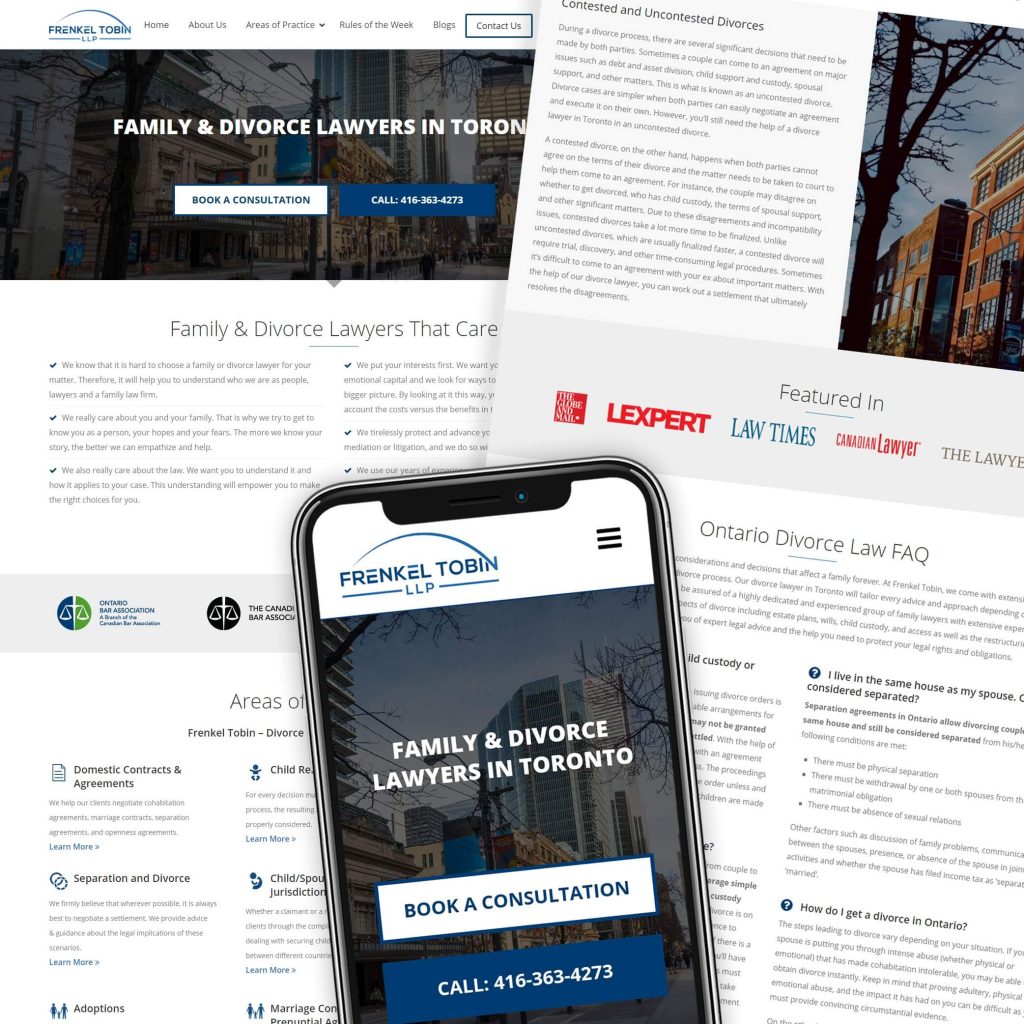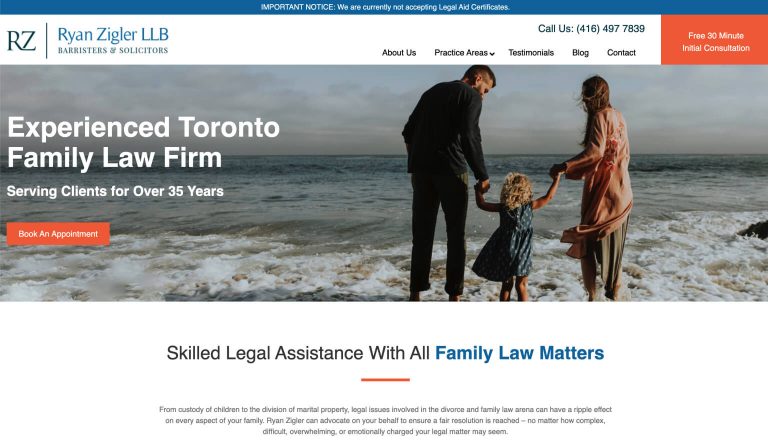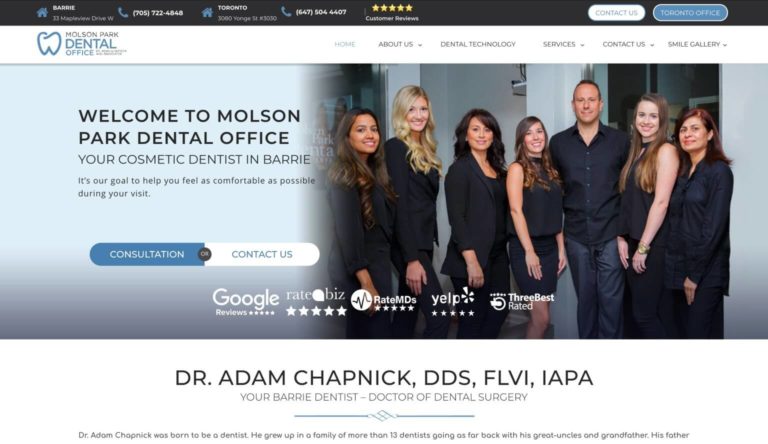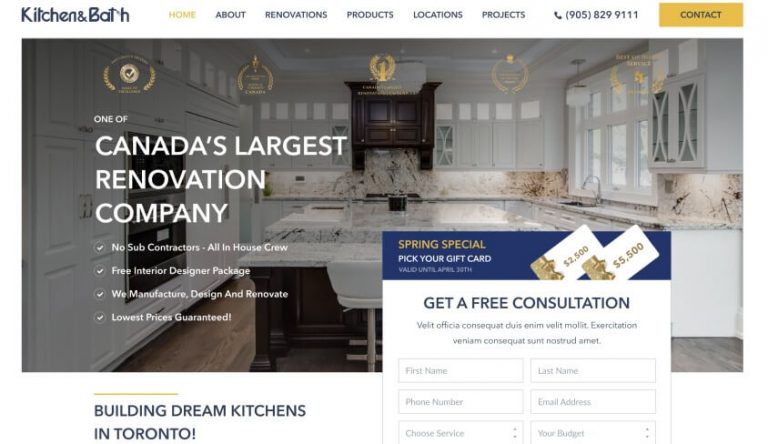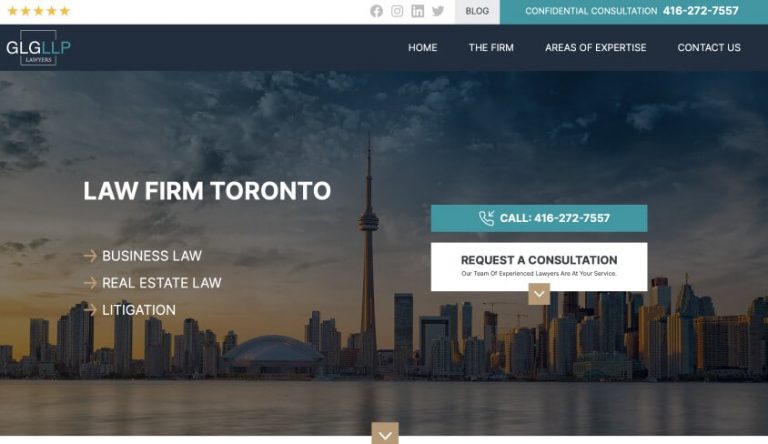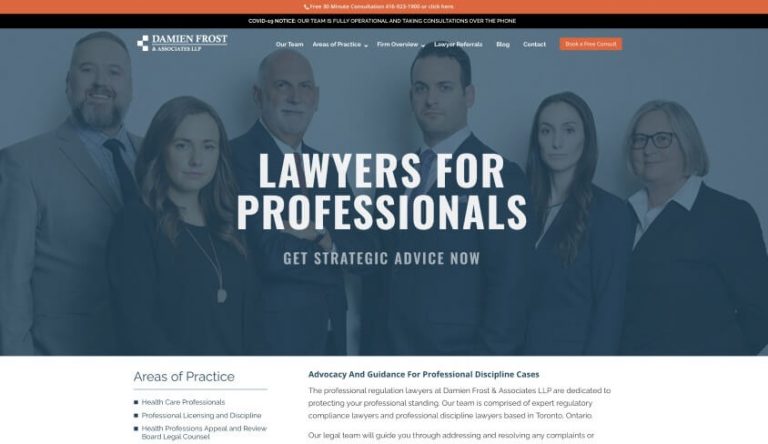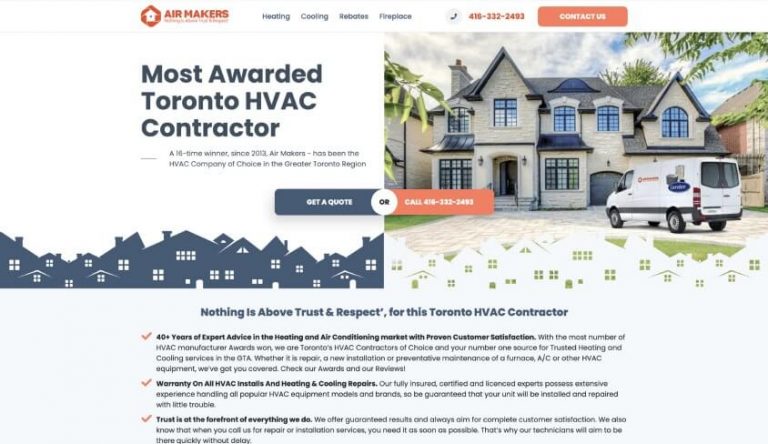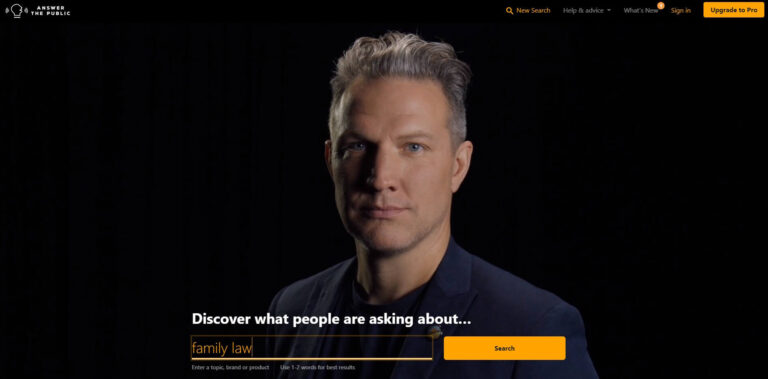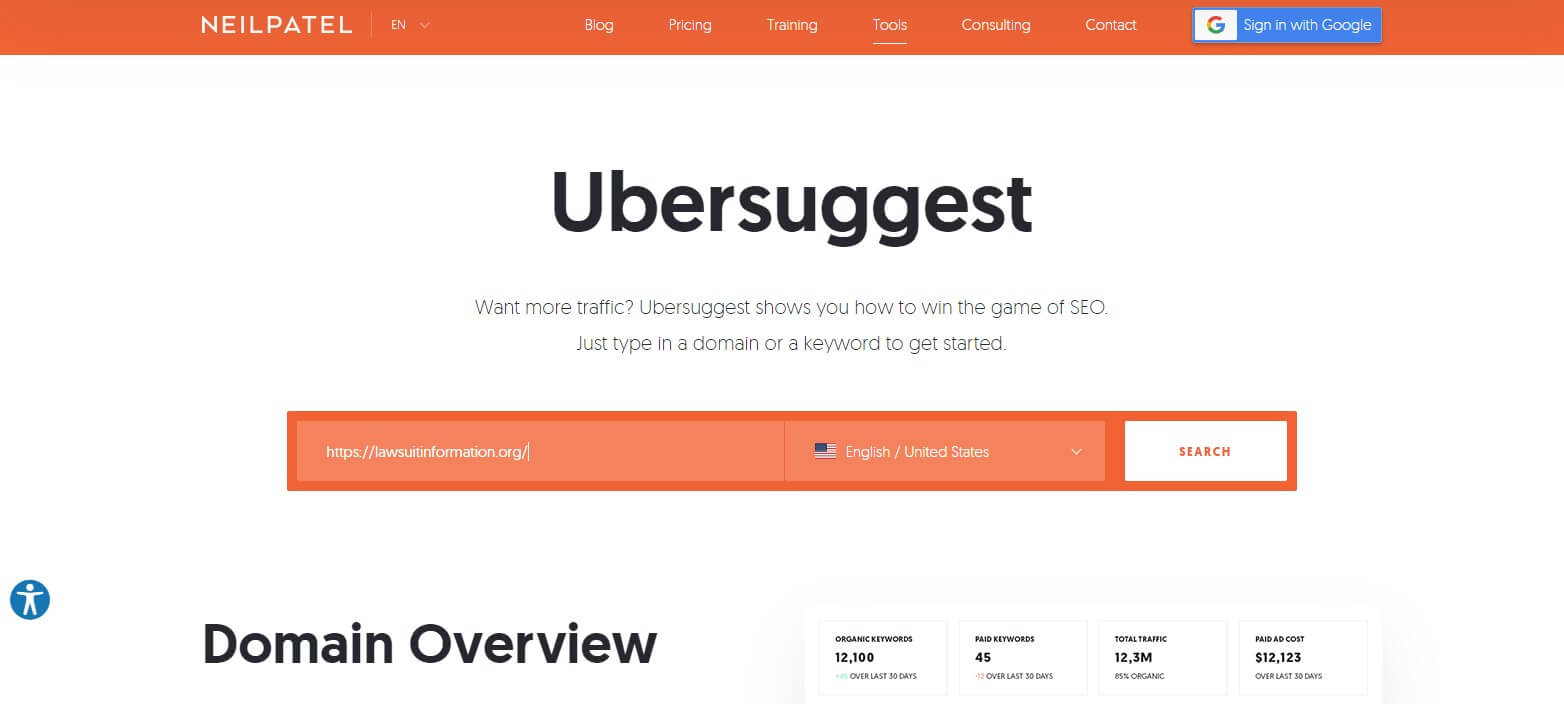Family Law Marketing
Marketing for Family Lawyers
The family law and divorce market size is worth $11.4 billion in the United States. With further expected growth, there will be an increasing amount of competition for your practice. As a divorce attorney, you will need to continually improve your marketing plan if you want to beat competitors, generate leads, and become a top lawyer in the local area. This article provides our step-by-step guide on family divorce law marketing to learn how your practice can generate more clients, improve branding, and drive traffic with proven strategies.
According to a Bloomberg report, 62% of law firms plan to increase their marketing and business development efforts this year. It’s crucial that you refine how your firm markets itself and reaches new clients. Good family lawyer marketing strategies will also put you on top of the search engine results page, drive traffic, and generate quality leads.
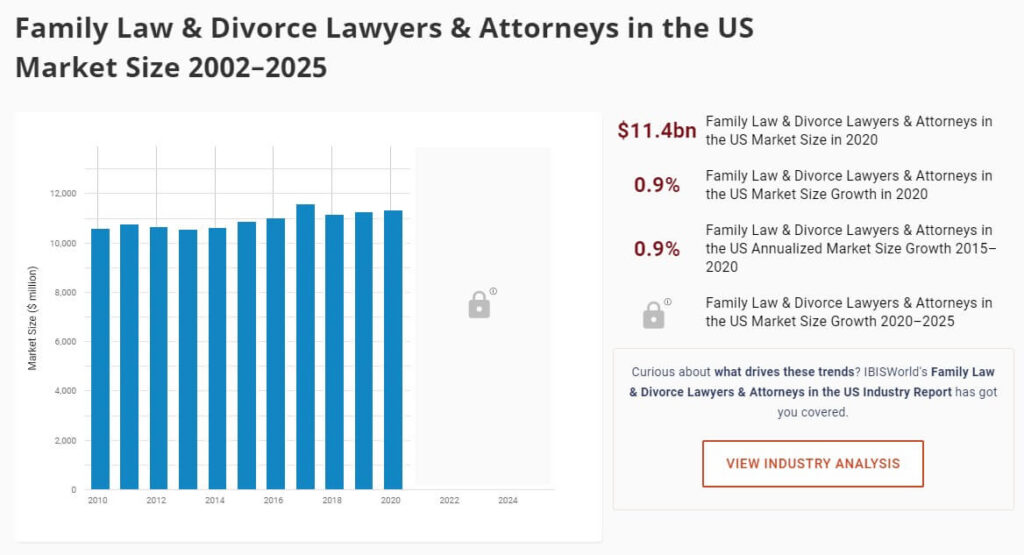

Family Law Marketing Starts With A Website
Websites are the modern-day business card. An outdated and slow website will lose business opportunities and hurt branding.
Consider for a moment that 94% of first impressions relate to the design of your website. Having a professional and modern website like the ones web design for our clients at dNovo increases authority, conversions, and branding contributing towards your family divorce lawyer marketing strategy.
